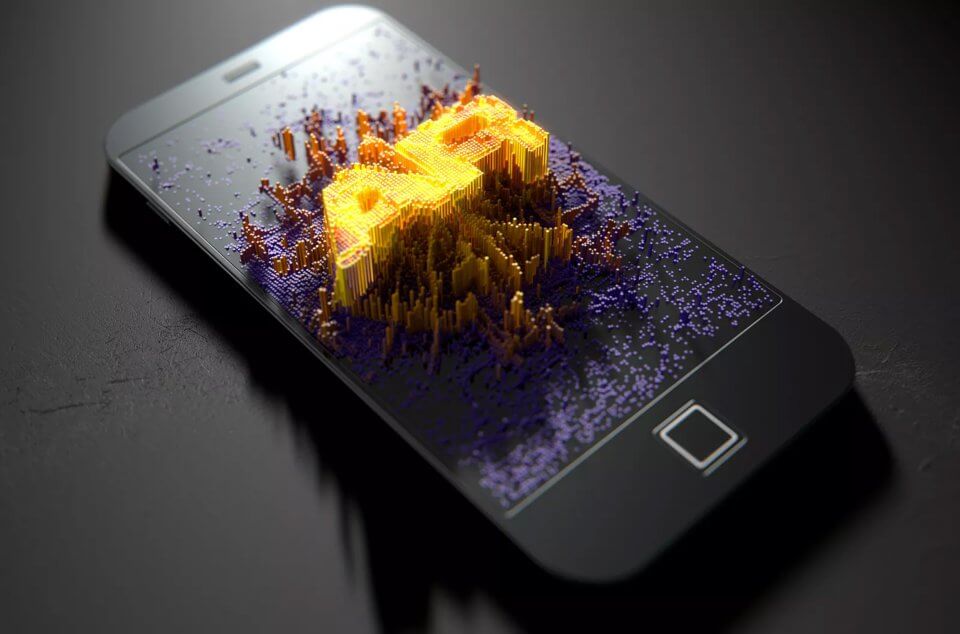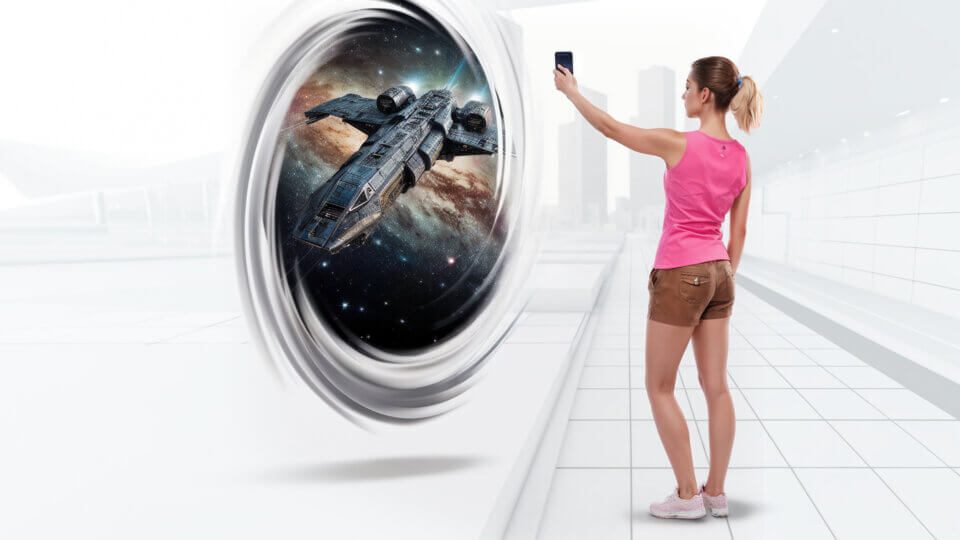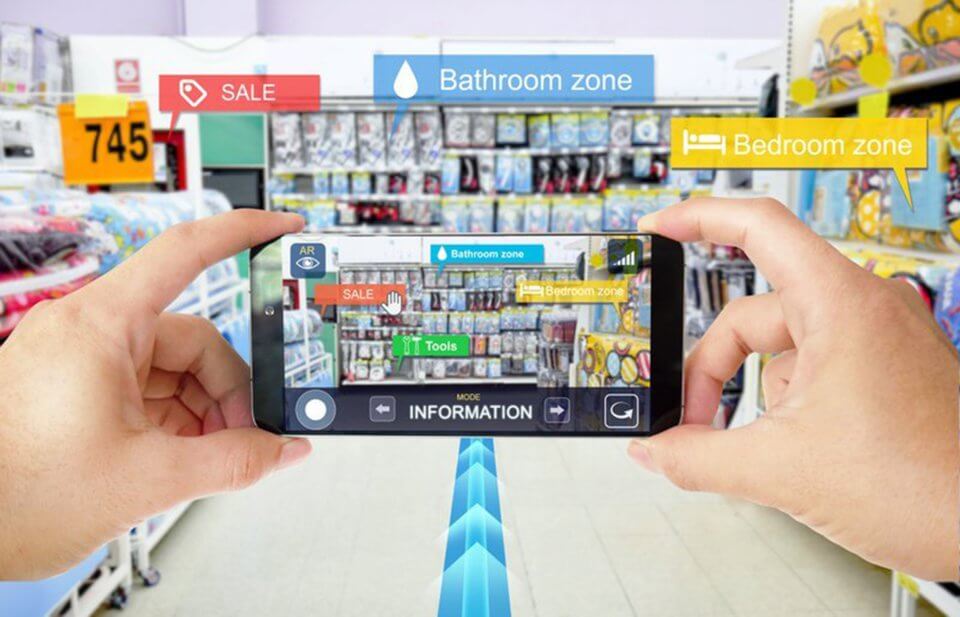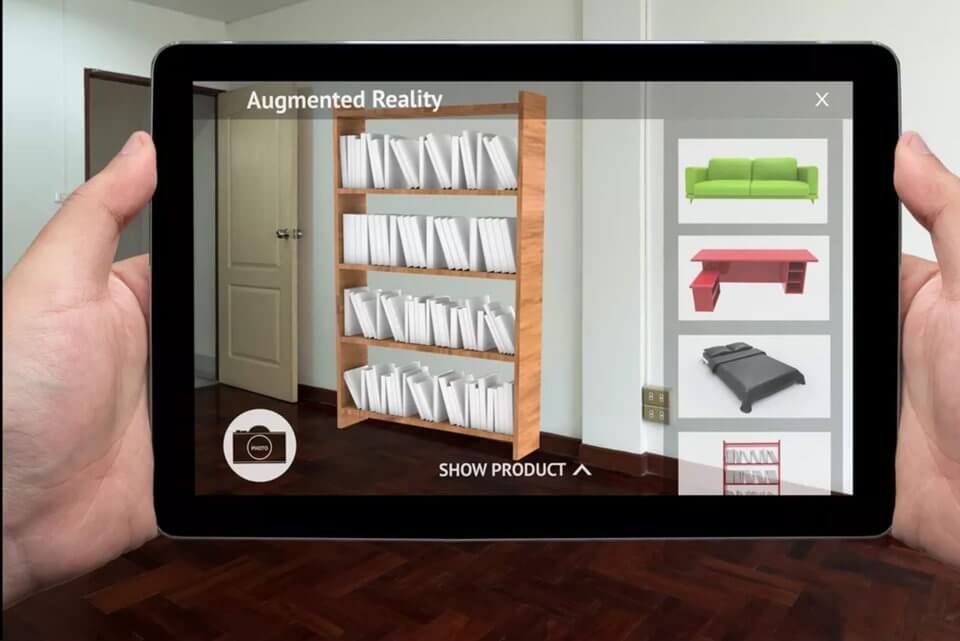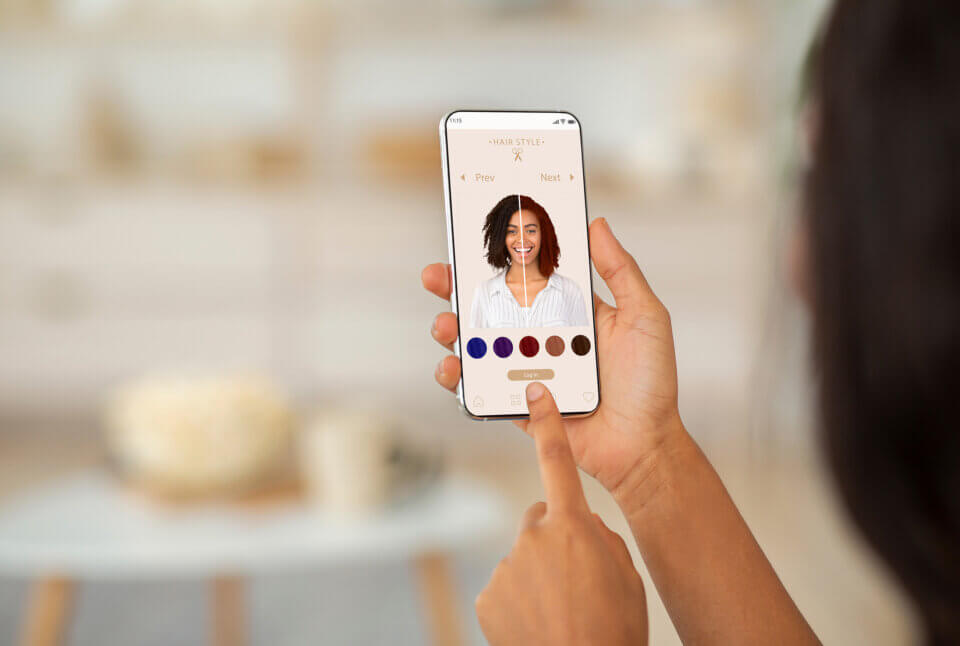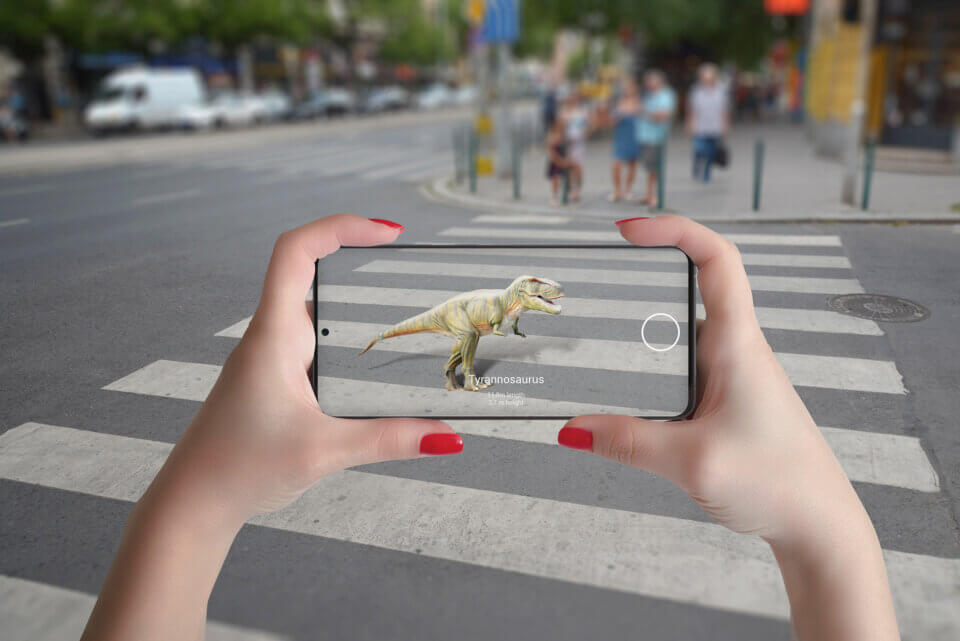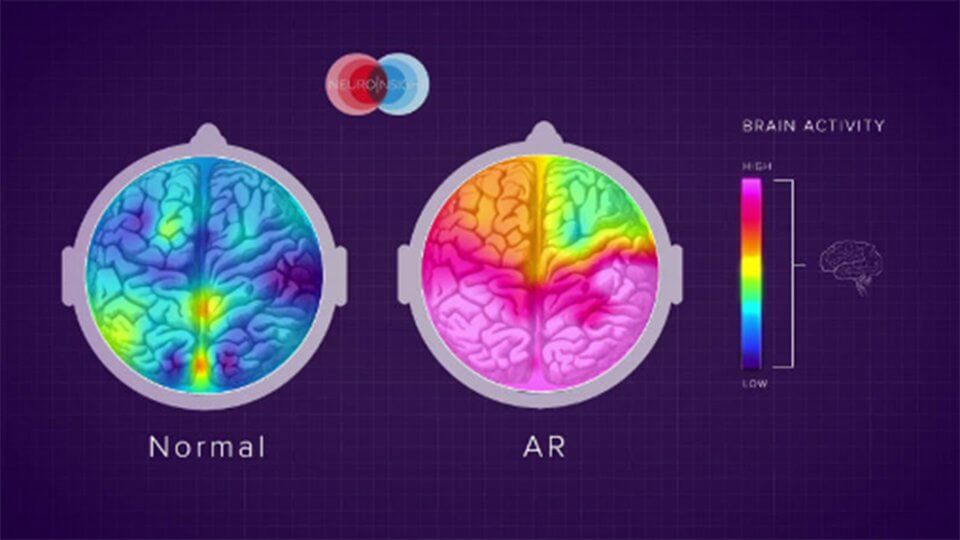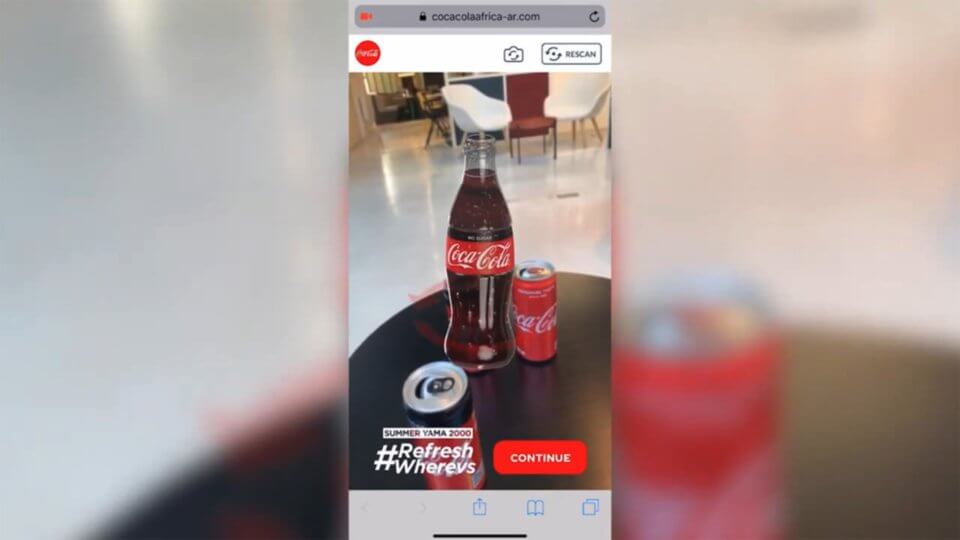Augmented reality (AR) is revolutionizing the restaurant industry. AR makes menus interactive, improves the dining experience, and aids in training.
WebAR Insights
Explore the exciting world of WebAR. Our latest insights, views and articles will help you learn more about how this technology functions and how it can be used for brands across all sectors. Unlock a world of immersive experiences and get a better understanding of real life applications.
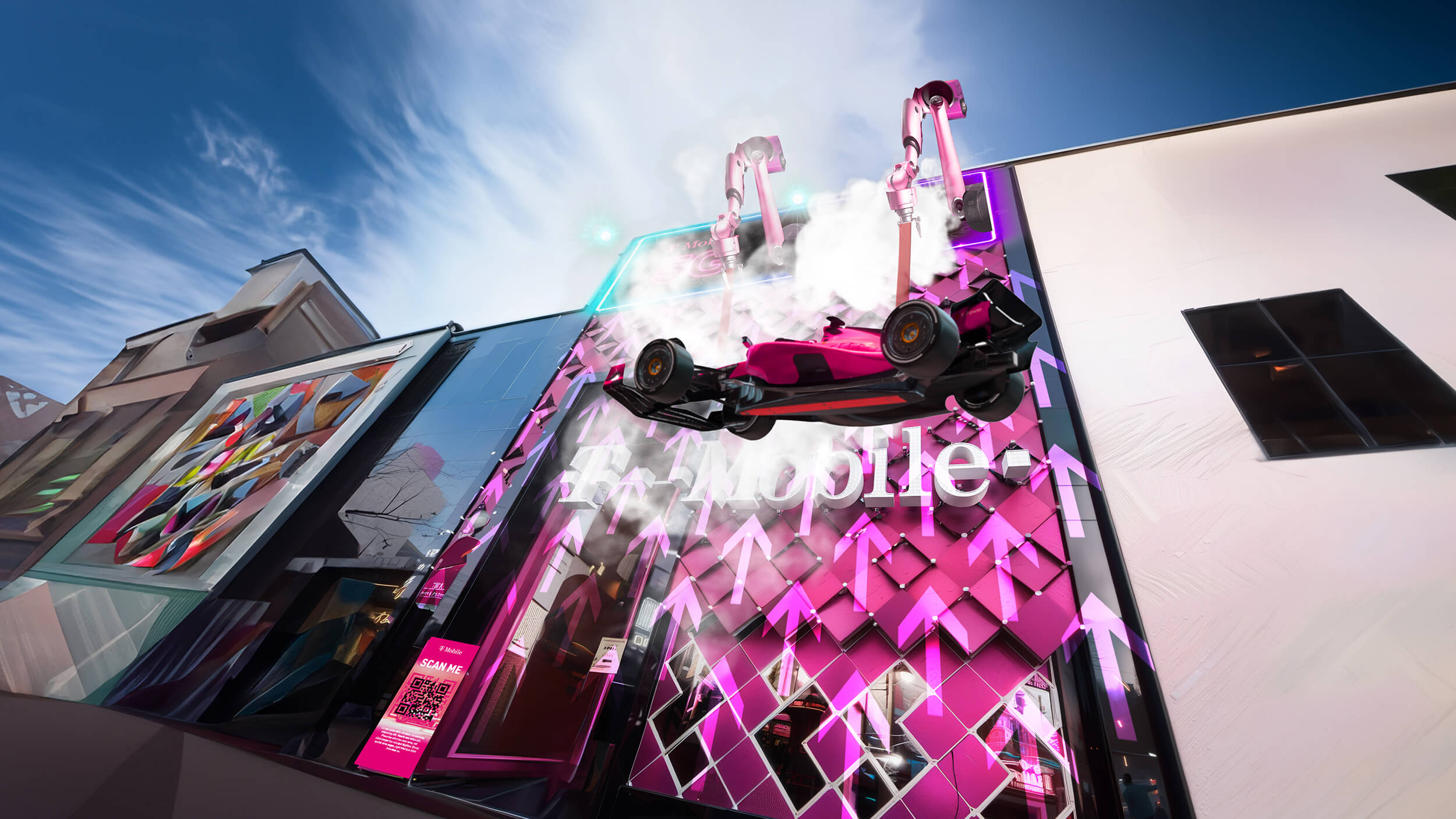

What is WebAR?
Web-based Augmented Reality is a groundbreaking technology that brings the digital into the physical world, enabling immersive experiences through web browsers. As it eliminates the need for dedicated apps, it offers a frictionless option accessible to anyone. This opens up a world of possibilities for businesses and brands looking to deploy unique experiences.
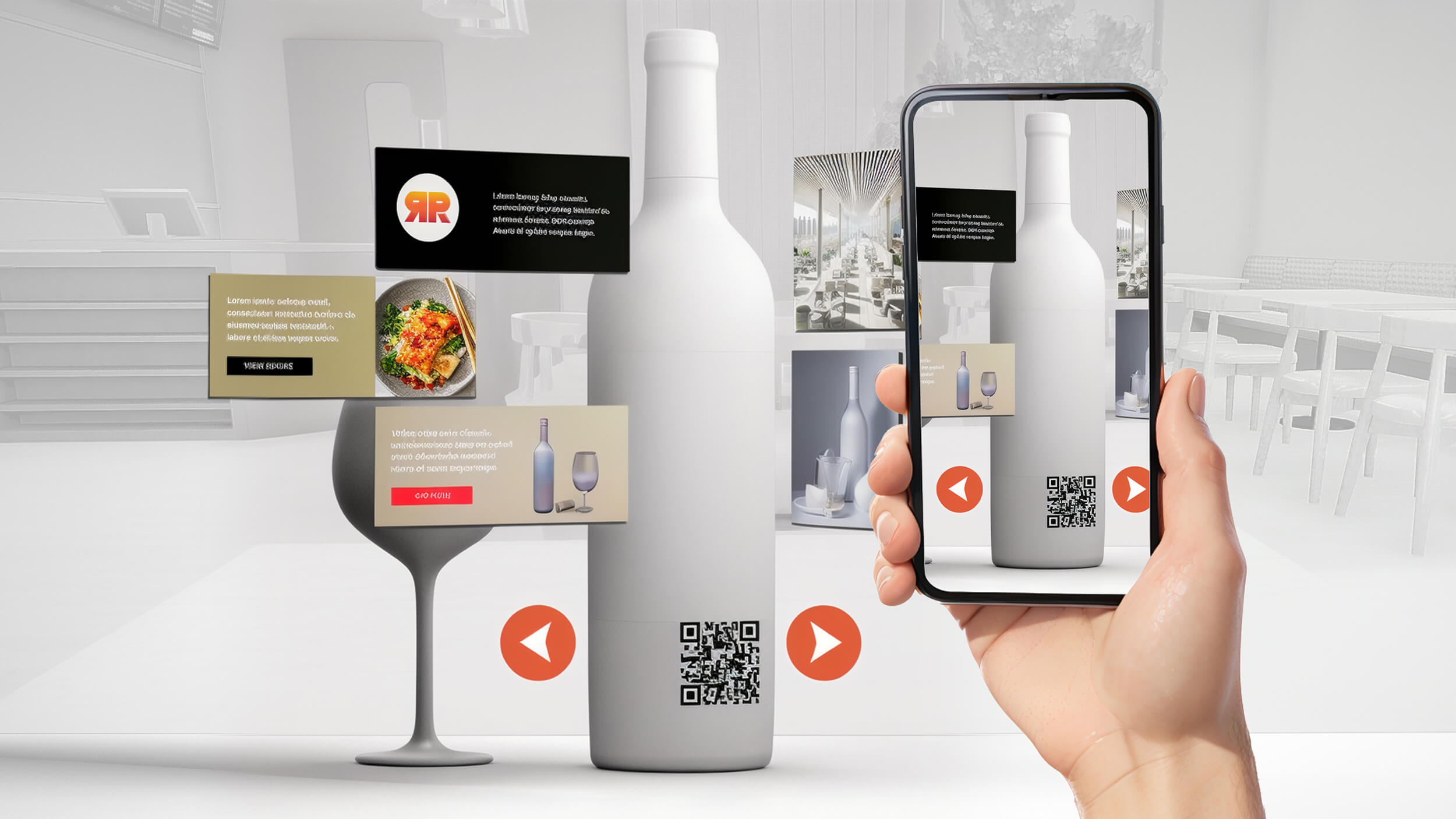
What’s the difference between WebAR and Augmented Reality?
Web-based AR is a subset of Augmented Reality (AR), allowing users to experience AR content directly through web browsers. Augmented Reality (AR) is a broader term encompassing all forms of digitally enhanced reality, including AR experiences accessed through dedicated apps.
App-based AR can be a barrier to adoption, as it requires users to take an additional step before experiencing the AR content. WebAR eliminates this barrier by delivering AR experiences directly to the user’s web browser.
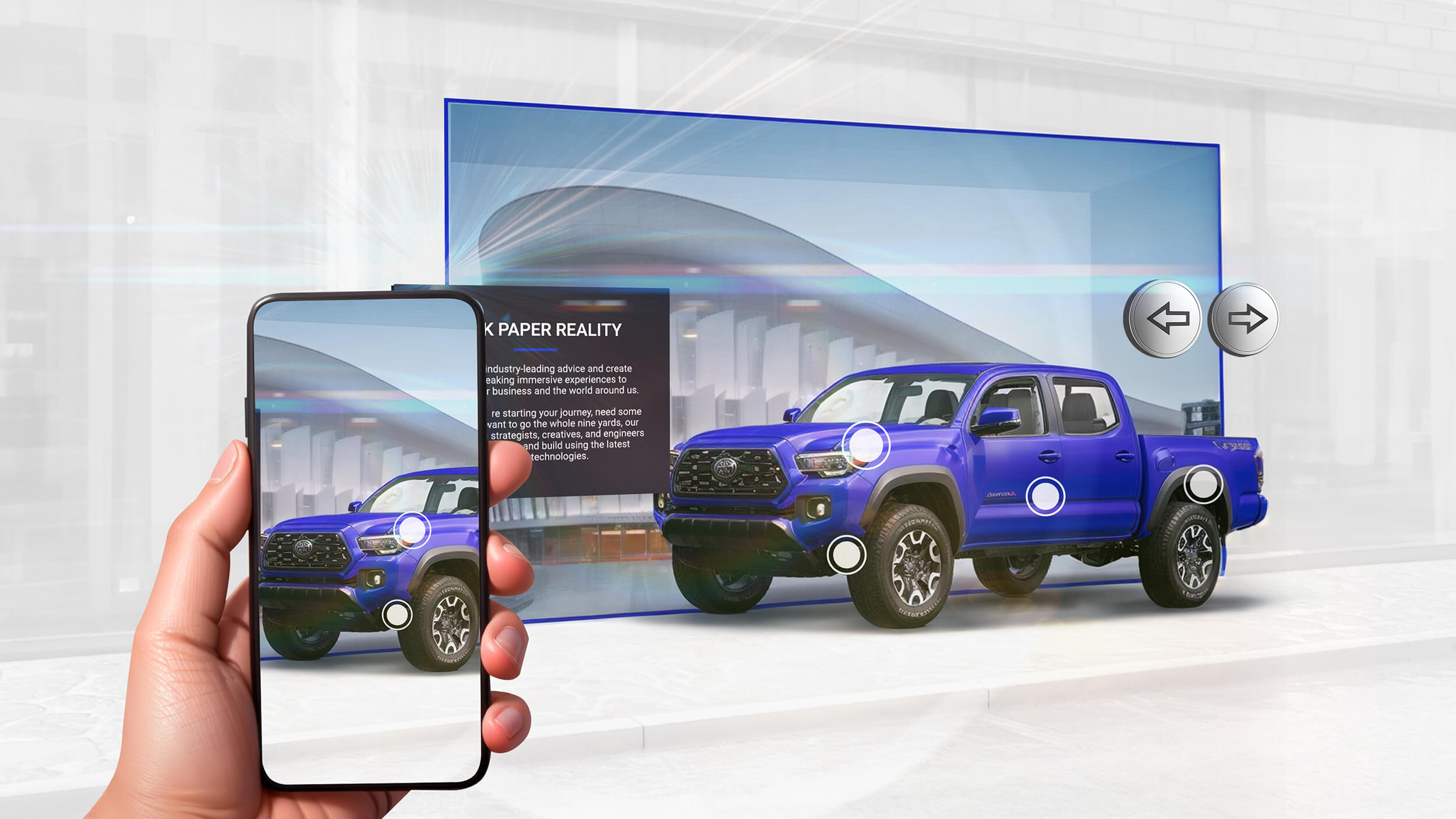
How is WebAR used?
Web-based Augmented Reality enhances many industries in multiple ways. Its enhanced accessibility—directly integrating Augmented Reality experiences into web browsers—transforms retail, marketing, education, entertainment and more.
From interactive product demonstrations and virtual try-ons to educational tools and immersive advertising campaigns, it simplifies access and enhances user engagement across many sectors.
WebAR development enables businesses to bring augmented reality to the widest possible audience. Frameworks and tools simplify the process.
Of the two main approaches to developing augmented reality (AR) experiences, WebAR works on nearly all devices without requiring downloads.
AR portals can have photorealistic 360 spheres showing real-world locations or they can be completely digitally crafted into a number of imaginary worlds. AR portals can be the size of a small room or can be the size of stadiums.
WebAR in the beverage industry allows brands to deeply engage customers. This elevates the user experience, allowing them to stand above the competition.
WebAR is a huge undertaking for a marketing org; check out how RPR makes it easier.
WebAR succeeds in doing away with all of these barriers by enabling people to instantly access AR without a download. This results in a smooth user experience, greater reach, higher conversions, increased shareability, and ultimately, more sales.
The applications of WebAR are unlimited. It can be used to promote brands, increase awareness, enhance learning, and provide interactive entertainment.
Web-based augmented reality (webAR) technology helps companies extend their reach through mobile devices. But, how does it work and what makes it effective?
Web AR is a very effective medium to drive brand awareness and conversions. The only limit to this technology is creativity. So here's some of the best Web AR Marketing examples to give you inspiration!
WebAR outperforms social media apps in terms of evaluating performance when it comes to analytics.
The biggest drawback of app-based AR technology is getting users to download an application.
While app-based AR has slowed down the pace of AR integration into marketing campaigns, Web AR is making up for the friction. But there are still challenges associated with successfully executing Web-based AR campaigns.
Within a few clicks, your customer can interact with your brand in the physical world, view products at home, try-on clothing items like sunglasses, or watch the founder of the brand talk and walk across your kitchen table.
Top Interactive Agencies did a deep-dive interview into the future of Augmented Reality with RPR’s CEO, Patrick Johnson. The interview covered key AR questions such as Web AR Marketing, RPR’s research methodologies, and the next big trends for Augmented Reality agencies.
Unlike app-based AR that requires the user to download and store an application on their phone (taking up time and space), Web AR is app-less, requires no downloads, and is a lower barrier to entry for users.
Glossary
Here are some related terms to help you dive deeper into this fascinating and widely used technology.
Stay in the know
Sign up to our newsletter for exclusive updates and content, delivered directly to your inbox.
You can opt out at any time, please view our Privacy Policy for more information on how to unsubscribe.




